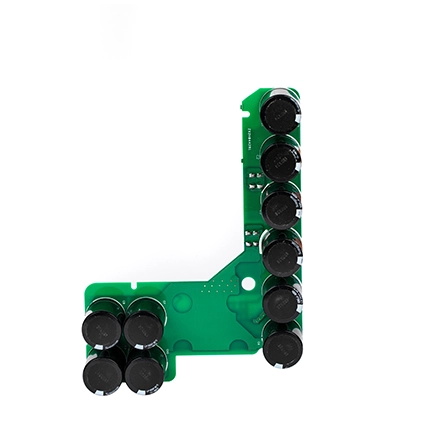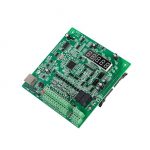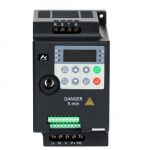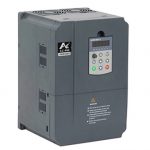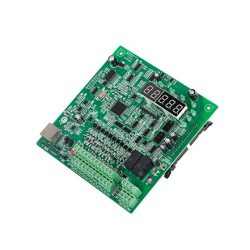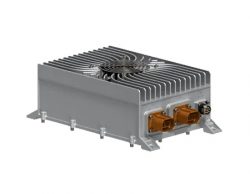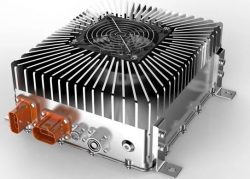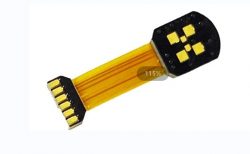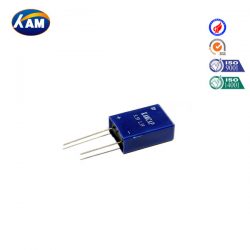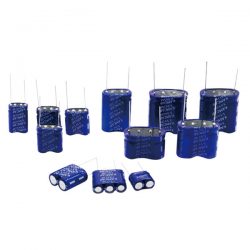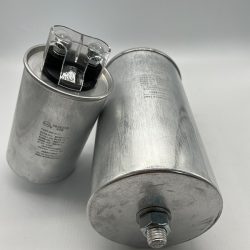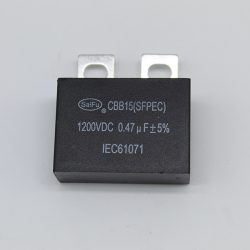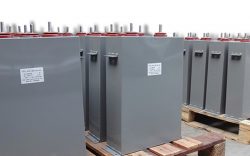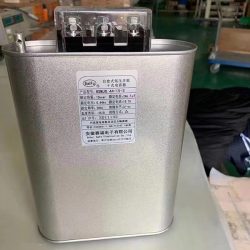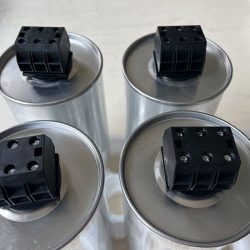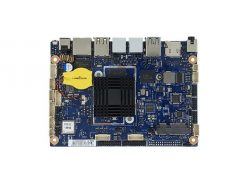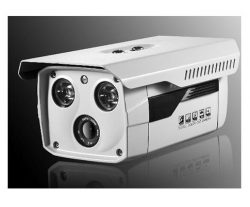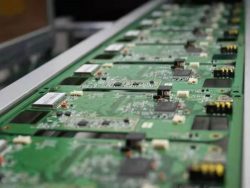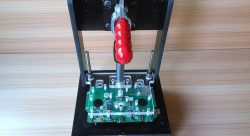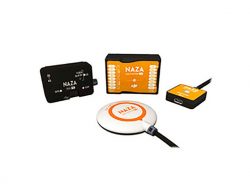Inverter Capacitor Board
The capacitor boards are important parts of inverter, its role is to filter the current and energy storage in order to ensure the normal operation of the inverter and stable output. Its rational use is of great significance to ensure the normal operation and stable output of the inverter.
Features of Inverter Capacitor Board
1. Capacitance: Capacitor boards are designed to provide a specific capacitance value. This feature determines the amount of charge the board can store and release, influencing its ability to stabilize voltage, filter out unwanted noise, and provide power during high-demand periods.
2. Voltage Rating: Capacitor boards have a specified voltage rating, indicating the maximum voltage they can withstand without compromising performance or safety. Choosing a capacitor board with an appropriate voltage rating ensures reliable operation and protection against voltage surges.
3. Thermal Management: Capacitor boards may incorporate thermal management features to dissipate heat generated during operation. These features can include heat sinks, thermal pads, or cooling fans to ensure the capacitors remain within safe temperature limits, preventing overheating and potential damage.
4. Protection Mechanisms: Certain capacitor boards may include protection mechanisms such as overvoltage protection, overcurrent protection, and short-circuit protection. These features safeguard the capacitors and the system from potentially damaging scenarios, improving overall reliability and longevity.
Advancements in Inverter Capacitor Board Technology
1. Increased Capacitance Density: Capacitor boards have seen advancements in increasing the capacitance density, allowing for more energy storage in a smaller form factor. This improvement enables higher energy storage and power delivery capabilities for applications with limited space.
2. Miniaturization: The miniaturization of capacitor boards has led to smaller and more compact designs, making them suitable for portable and space-constrained applications. This advancement has been driven by advancements in capacitor materials, manufacturing processes, and packaging technologies.
3. Improved Efficiency: Advancements in capacitor board technology have resulted in improved efficiency. Reduced internal resistance and lower equivalent series resistance (ESR) have led to decreased power losses and improved energy transfer, optimizing the overall system efficiency.
4. Enhanced Reliability: New materials and designs have improved the reliability and lifespan of capacitor boards. Advancements in electrode materials, dielectric materials, and manufacturing techniques have led to increased durability, higher voltage ratings, and improved resistance to temperature fluctuations and humidity, ensuring long-term performance in harsh environments.
5. Higher Operating Frequencies: Capacitor boards have been developed to withstand higher operating frequencies, allowing for their use in applications that require fast switching and high-frequency power conversion. This advancement has been crucial for industries such as telecommunications, power electronics, and electric vehicle charging systems.
6. Integration with Other Components: Capacitor boards have also witnessed advancements in integration with other components, such as semiconductors and control circuitry. This integration reduces the complexity of system design, improves electrical performance, and enables compact and highly efficient system architectures.
7. Smart Capacitor Control: Advancements in capacitor board technology include the incorporation of smart control features. This enables active control and monitoring of capacitor performance, allowing for dynamic adjustments in capacitance, voltage levels, and energy management based on real-time system requirements.
